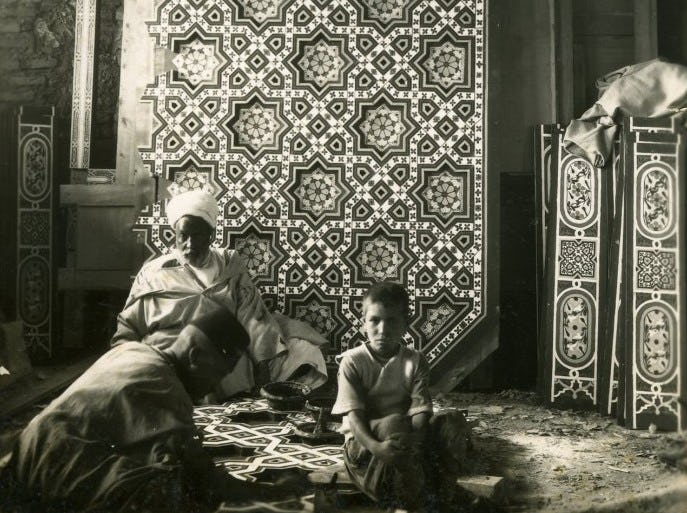Cobalt Blue Blown-Glass Ewer with Applied Decoration
Date19th century
PeriodQajar
MediumColored glass
DimensionsOverall: 6 1/2 x 5 3/4 in. (16.5 x 14.6cm)
ClassificationsGlass
Credit LineCourtesy of the Doris Duke Foundation for Islamic Art
Object number47.10.2
DescriptionIn Qajar Iran, proper etiquette was essential when hosting a meal. Before partaking in a meal, a ewer called an āftāba, was used to clean the hands of the guests, poured over their hands into a basin, or lagan. The ewer and basin was brought to guests following the meal to wash their right hand with which they had used to eat.This blue glass āftāba was created in Iran in the 1800s. Although this ewer served a utilitarian purpose, it takes on a decorative shape; the handle is formed with applied glass in a wave-like pattern, and the end of its long, graceful spout ends in a butterfly-like embellishment.
On View
On viewCollections
19th century
17th century














